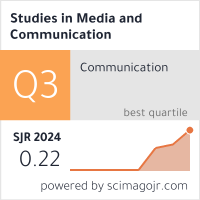Interference of Cultures: Turkic and Slavic Languages (Lexical Level of Kazakh and Russian)
Abstract
The purpose of this study is to describe and analyse the interference of the Kazakh and Russian languages at the lexical level as a result of the interaction of the two languages and to identify the special features of the use of the Russian language among Kazakhs. The material of the study is the results of an experiment conducted in a school with 29 pupils in Grade 9 with Kazakh as the language of instruction at the Nur-Sultan Lyceum School No. 48. The first part of the study consists in the fact that the subjects were offered words with which they had to form phrases from the proposed pairs. In the second part of the experiment, students were offered sentences in Kazakh that had to be translated into Russian. The study considered various views on the definition of the phenomenon of interference resulting from the interaction of language systems in the context of bilingualism, during linguistic contacts. Interference is expressed in deviations from the norm and the system of the studied language under the influence of the native. In addition, the causes of interference were described, which are explained not only by linguistic, but also by extralinguistic factors.
Full Text:
PDFDOI: https://doi.org/10.11114/smc.v10i1.5491
Refbacks
- There are currently no refbacks.
Studies in Media and Communication ISSN 2325-8071 (Print) ISSN 2325-808X (Online)
Copyright © Redfame Publishing Inc.
To make sure that you can receive messages from us, please add the 'redfame.com' domain to your e-mail 'safe list'. If you do not receive e-mail in your 'inbox', check your 'bulk mail' or 'junk mail' folders.
If you have any questions, please contact: smc@redfame.com
------------------------------------------------------------------------------------------------------------------------------------------------------

